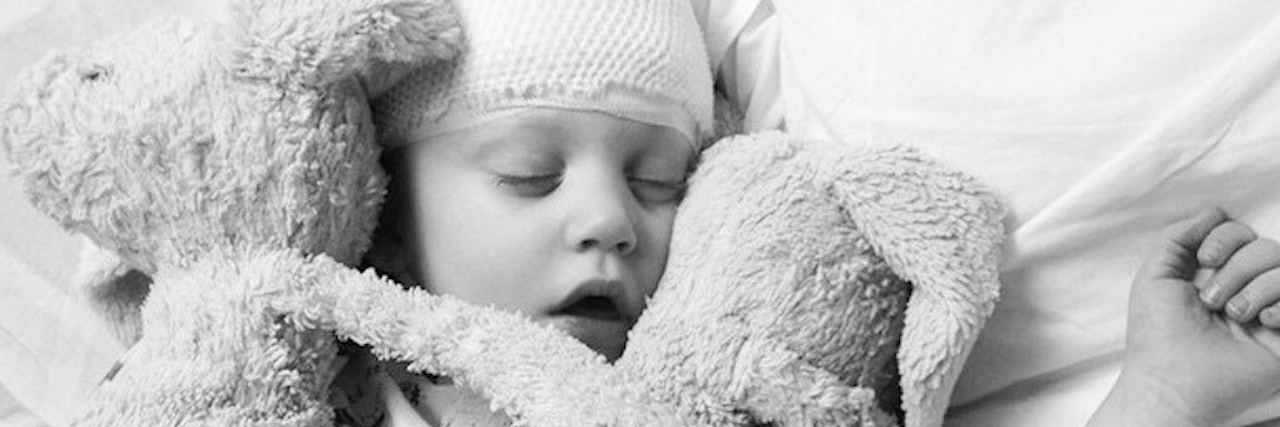In August 2012, just one month after my daughter’s first birthday, I found myself sobbing hysterically in my doctor’s office following a series of scary panic attacks. “Was there much stress in my life?” she asked. “Yes,” I responded. “My grandfather recently passed away, and the chief of staff at work had suddenly died just two days ago. And…and I am worried about my daughter.”
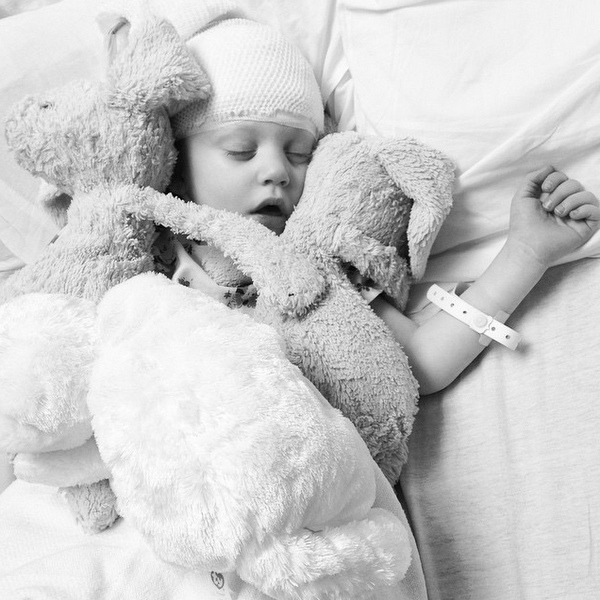
At day care, she made her mark in the nursery as the fastest crawler of the bunch, even earning the nickname “Flash” for her speed. She was reaching developmental milestones ahead of time, and I recall worrying she would be walking as early as nine months.
Instead, as the months passed, I watched her peers, and eventually younger children, take their first steps while my daughter continued to crawl. I felt silly to worry. After all, she was only 13 months old…then 14 months…then 15 months. Many moms reassured me their own children didn’t walk until later. My husband’s aunt didn’t walk until she was almost 2. Research reassured me that walking as late as 17 months was within the “normal” developmental range. “Any day now” and “You’ll wish she wasn’t walking when you’re chasing her all over the place” were common phrases I heard during this time.
When she still was not walking by 15 months old, I decided to seek the assistance of physical therapy. I silently struggled during this time. My motherly instincts told me something more was going on. Despite weekly visits to occupational and physical therapists, she still wasn’t walking as she approached her second birthday.
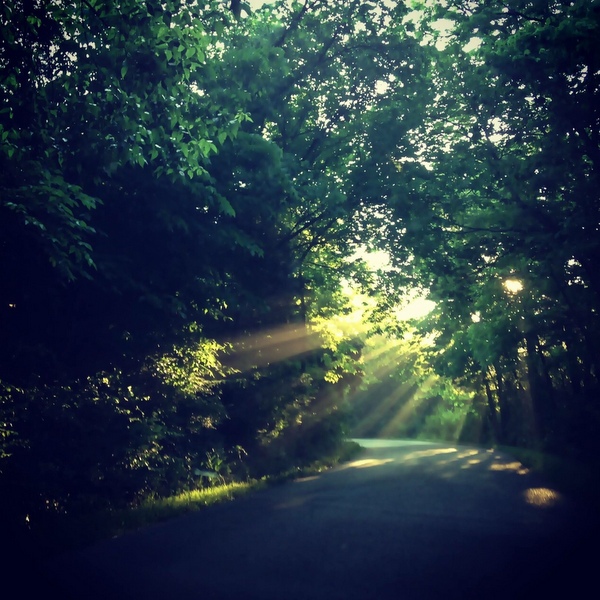
I sought solace in the outdoors, taking daily walks on my lunch break at work to observe and photograph the beauty around me. Only then was I able to stop worrying. Photography was my therapy, my outlet, my voice. I looked for hope everywhere and would take a photograph to remind myself that hope existed and was right in front of me; however, I needed my camera to show me.
But still, there were many lonely, stormy days.
As she approached her second birthday, I began to ask myself the really hard questions. Why wasn’t she walking? Would she ever walk? Is there something more we should be doing? Is there a more serious underlying issue?
We decided to take her to a neurologist who agreed it was best to perform an MRI to see if there was anything going on in her brain.
I had prepared myself for bad news, but nothing can prepare a mother for the news that her child is dying of a rare genetic disorder. Now I fully understand why the mind erases tragically painful moments. As my legs gave out beneath me, I fell to the floor in utter despair and heartbreak, screaming at the top of my lungs that this wasn’t really happening. I have no doubt a part of me died with this news.
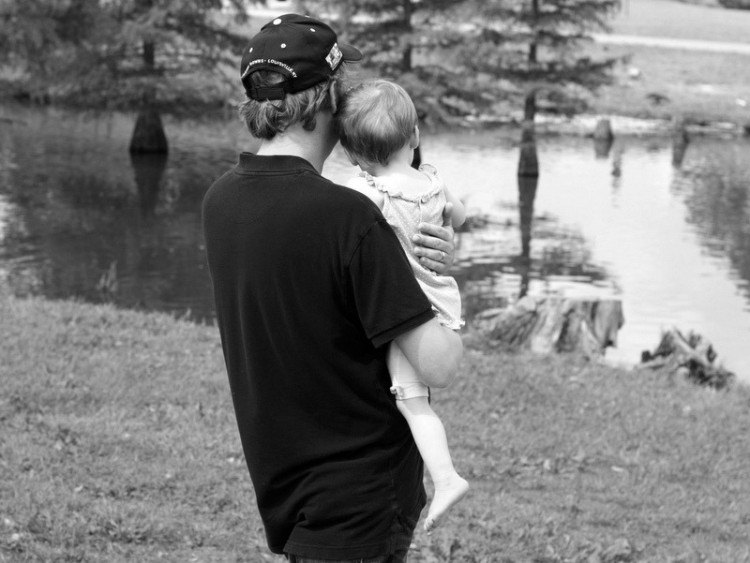
I don’t remember much after that moment — and wouldn’t remember much of the next few months — except looking over at my daughter on the floor beside me and seeing her sweet smile. I felt dread when I was told she was going to die, but she was alive in that moment. She was hungry. She needed her diaper changed. She wanted to hear a bedtime story and hug Mommy and Daddy before going to sleep. A voice told me I had to stand up and take care of my daughter.
I let her be my guide each day. I would ask her what she wanted to do, and we simply did it.
Each day became a little easier, and my breakdowns came less frequently. Once again, I turned to my camera for comfort. When I looked into the lens, I was living in that frame. There is no tomorrow in that moment — just that second captured for all time. I can blur out the background and focus on my daughter’s smile, the twinkle in her eyes, the space between her two front teeth, the dimple in her cheek or her little hands splashing in the water. The world stops and I am at peace.
I don’t know what tomorrow brings. None of us do. Each day I share my photographs with friends and family on a Facebook page dedicated to her and tell them a story that doesn’t always require words or sometimes can’t be expressed with them.
As we continue ahead on our journey, I see a brave, happy and joyful child who meets every obstacle or challenge with the biggest smile and the most positive attitude. I see a future with many more photographs of accomplishments, milestones and laughter. In all of my pictures, I see an abundance of love and know I’m giving her the life she deserves.
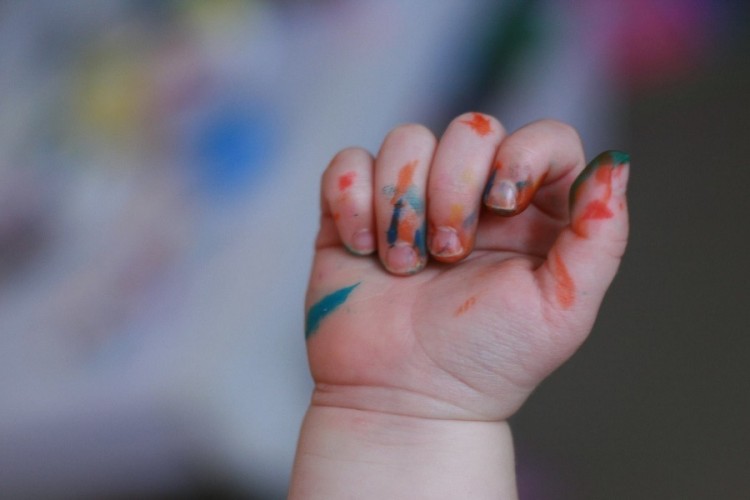
The past few years have been excruciatingly painful and tough, but I have learned a very valuable lesson: You never know what the next second of your life will bring. My daughter guides me daily and reminds me that each moment is precious; each day is a gift. She has taught me the significance of the quote by the Italian writer Cesare Pavese: “We do not remember days, we remember moments.”
I have learned to enjoy and live in the present because it truly is the only moment that matters. I’m a new person with a new perspective — and I have the sweetest little girl to guide me in my new life.
Follow this journey on Hope for Katherine Belle.

